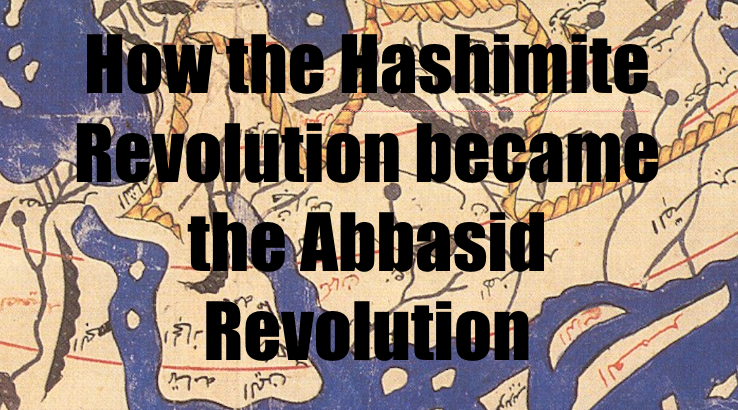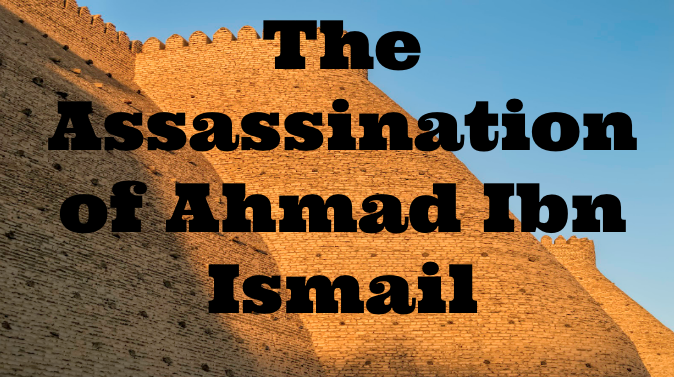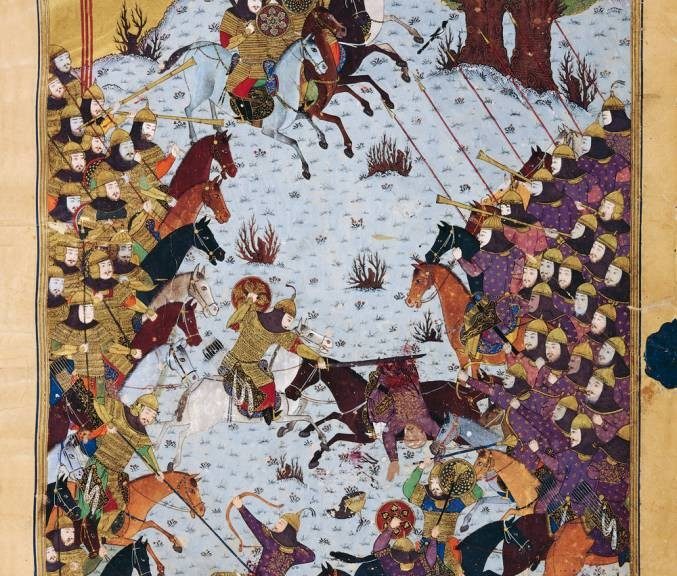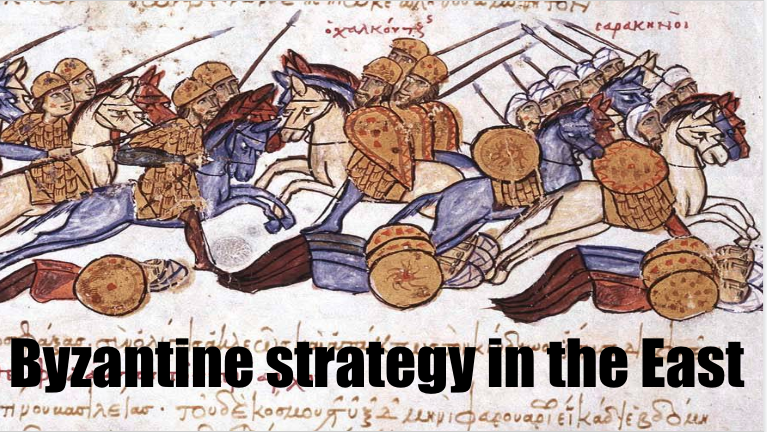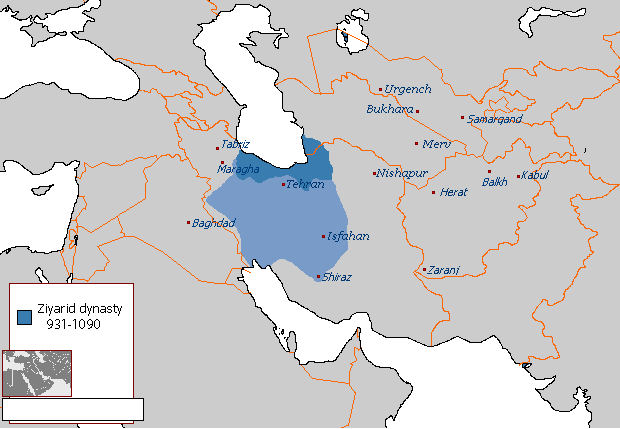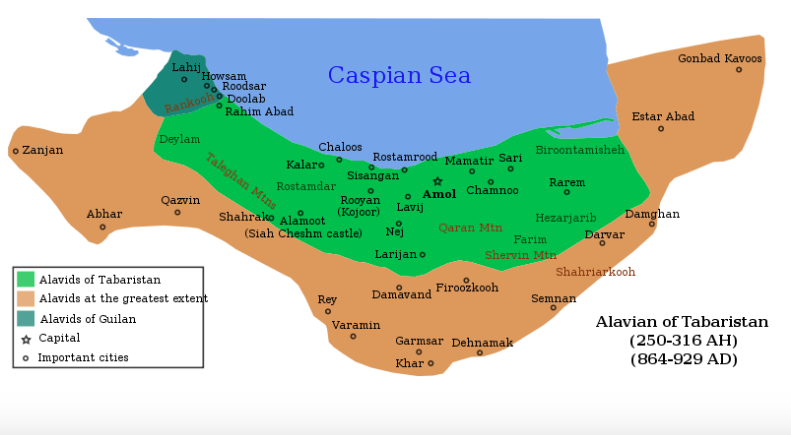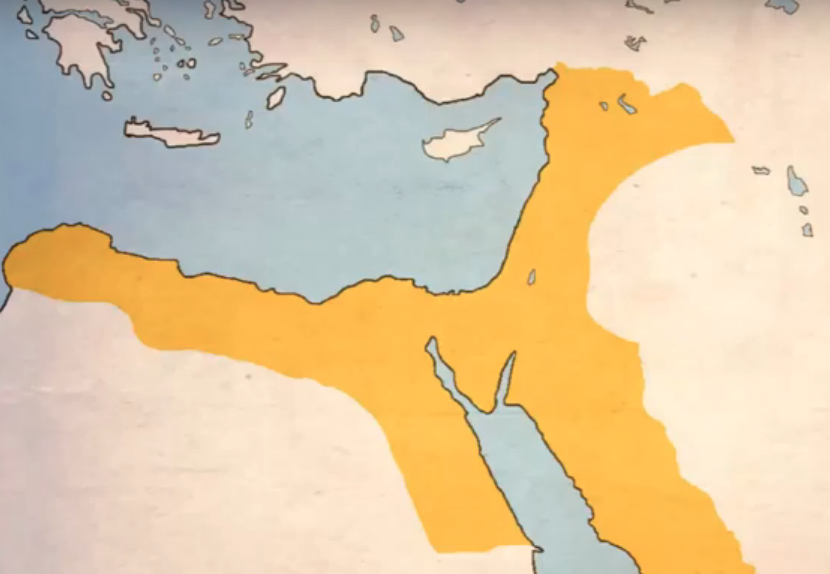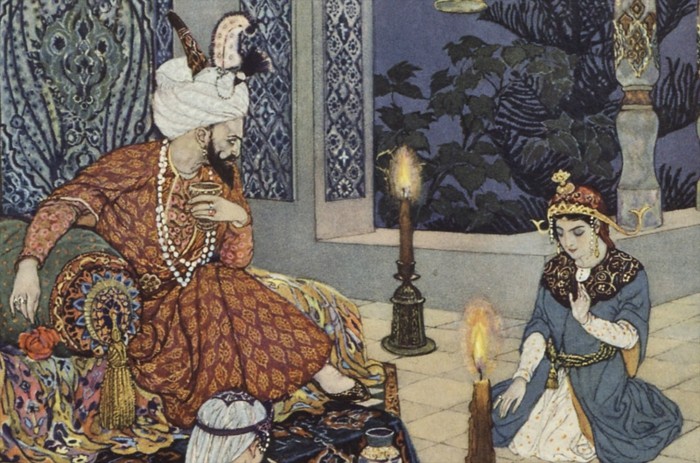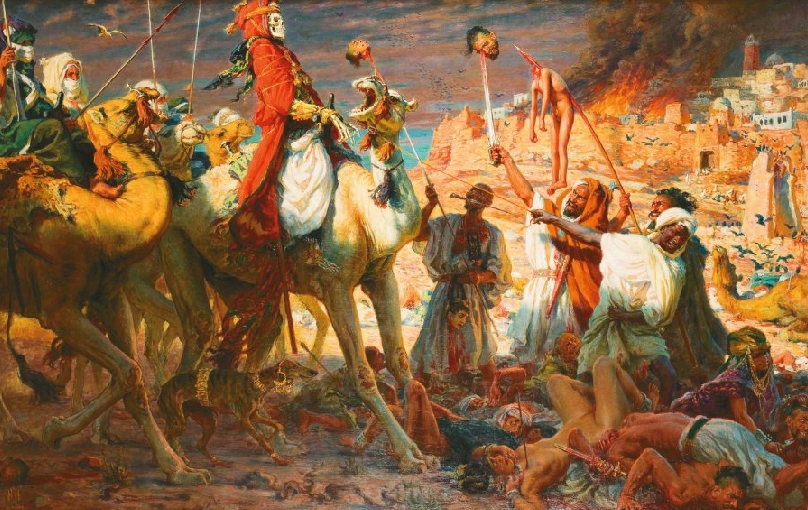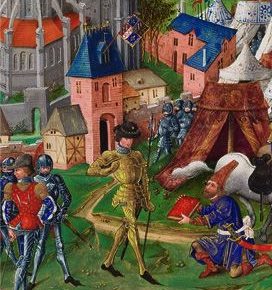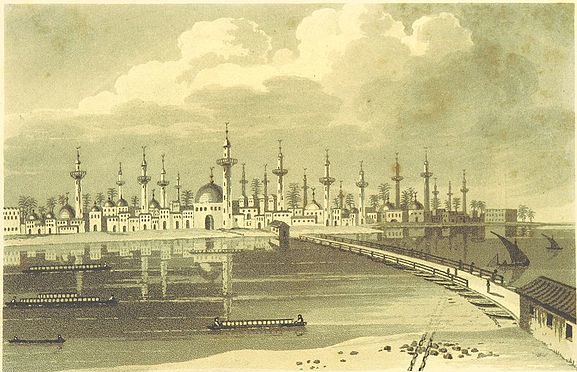How the Hashimite Revolution became the Abbasid Revolution
In 750 the Umayyad caliphal dynasty was overthrown by a popular revolution that had its origins in the eastern regions of the Muslim world, primarily in Khurasan.
Wise Words from the 9th century
The Jewels of Speech and the Pearls of Wisdom has over two thousand pieces of wisdom. Here are our twenty favourites.
The Assassination of Ahmad Ibn Ismail: Power Struggles in the Samanid Empire
The emir Ahmad ibn Ismail was assassinated in the year 914. This is the story of why he was killed and the power struggle that took place in the aftermath of his death.
Horse Armour in the Medieval Islamic Middle East
The widely held view that horse armour was not used in the early Islamic Middle East is incorrect.
The Treasure Hunters from the 10th century
A 10th century tale of a group of treasure hunters seeking out a castle. Here are the strange things they found.
Byzantine strategy in the East and the key role of Armenia
What were the deeper reasons that drew the super-power of the time, Byzantium, into a protracted and ‘all-out’ conflict with the Arabs of Aleppo in the middle of the 10th century?
The Rise of the Buyid Brothers
The story of the Buyids in Iran and Iraq is an extraordinary tale of the rise from obscurity of three ambitious brothers to dominate the core regions of the Muslim world.
Warlords and Dynasties: How Daylami mercenaries came to power in the 10th century
In the fourth part of this series that looks at northern Iran in the Middle Ages, the decline of the Alid dynasty opens the door for Daylami mercenary leaders to seize power.
Shia Islam in Medieval Northern Iran: The Alid dynasties of Tabaristan, Daylam, and Gilan
In part three of this series that looks at medieval northern Iran the focus turns to the emergence of the Alid dynasty and their struggle to gain and hold power in the ninth and tenth centuries.
The Daylamis: Elite Infantrymen in the Age of Mounted Warfare
The Daylamis provided a strong immovable wall of skilled and disciplined infantrymen that formed the main battle line of the army.
Why this corner of the medieval world matters: Northern Iran
This is the first of a series of articles on the history of Northern Iran and its people during the 10th and 11th centuries.
How the borders of the Mamluk Sultanate changed in the Middle Ages
From the years 1250 to 1517 Egypt and parts of the Middle East were ruled by the Mamluks.
Slave, Queen, and Mother of Caliphs: The Story of Khayzuran
During her life and career Khayzuran rose from the status of slave to becoming the caliph, al-Mahdi’s (r. 775-785), favorite concubine, and then his legal wife and a queen in her own right who wielded an immense amount of political power and whose wealth was second only to that of her husband’s in the entire caliphate.
How the borders of Abbasid Caliphate changed in the Middle Ages
A look at the rise and fall of the Abbasid Caliphate, which ruled much of the Middle East and North Africa between the years 750 and 1258.
The Zanj Revolt: A Slave War in Medieval Iraq
After generations of oppression, an army of slaves rose up to challenge the Abbasid Caliphate.
Blue and Green Eyes in the Islamicate Middle Ages
In this paper I examine usages of classical Arabic words with the z-r-q root to understand how they are differently mobilised in the Qur’ān, Qur’ānic commentaries, hadith, early medical treatises and words of adab.
The Turks: The Medieval World’s Most Martial People
They were scouts, raiders, skirmishers, heavy cavalry, and shock cavalry all in one; and could operate as infantry as well if the need arose.
The Young Caliph and his Wicked Advisors: Women and Power Politics under Caliph Al-Muqtadir (r. 295–320/908–932)
This article explores the role of women as contenders for power at al-Muqtadir’s court.
Archaeologists track the ancient and medieval times of a Middle Eastern town
German archaeologists exploring the remains of a town in Turkey have revealed how the city flourished about 1800 years ago, and then had a revival in the early Middle Ages.
The Vigilante Empire: The Pinnacle of Saffarid Power and the Dynasty’s Fall from Grace
As Yaqub ibn Layth gained power and followers, his ambitions grew, ultimately leading to a confrontation with the Abbasid Caliphate.
What We Knew About Medieval Persian Cuisine
We know some things about Sassanian cuisine in directly or by inference. For instance they Persians have taken up on idea of sugar, which had been obtained from sugar cane sap in India and developed a theory about the kind of a super refined white sugar coat. And that they had taken the first steps down the road to the despair for our dentists by exploring syrup.
Fifteenth-Century Burgundy and the Islamic East
What was the nature and scope of Burgundian contact with the Islamic world? How did Burgundians conceptualise the Islamic East? What were their frames of reference and how were they shaped by contemporaneous events, including further Ottoman penetration into eastern Europe and the fall of Constantinople?
Early medieval loom discovered in northern Iraq
A team of Frankfurt-based archaeologists has returned from the Iraqi-Kurdish province of Sulaymaniyah with new findings. The discovery of a loom from the 5th to 6th century AD in particular caused a stir.
Poetic Wisdom from the Ninth-Century
Across the medieval world we can find various writings aimed at giving advice and wisdom. Here is some poetic wisdom from the ninth-century Middle East.
Baghdad as a Center of Learning and Book Production
Why does Baghdad become some an enormous centre of book production – of literature and the physical production of books?
